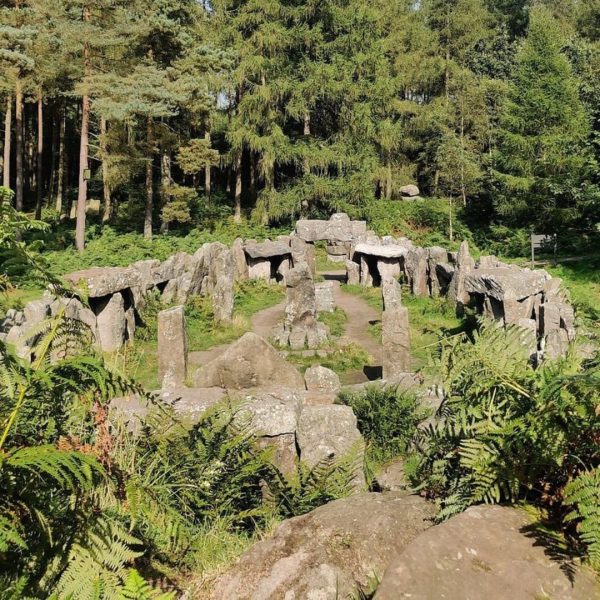
In the heart of Yorkshire lies a hidden gem steeped in history and mystery – the Druid Temple, a 19th-century folly that stands as a testament to both the eccentricity of its creator and the resilience of a community in the face of economic hardship.
Inspired by ancient monuments like Stonehenge, this whimsical creation was not merely a product of architectural fancy but a compassionate response to local unemployment during a time of profound economic downturn.
Nestled within the picturesque landscapes near Masham, Yorkshire, the Druid Temple owes its existence to William Danby, a wealthy landowner and former Sheriff of Yorkshire.
In the aftermath of the Napoleonic Wars, Yorkshire found itself grappling with a severe economic depression, leaving many residents struggling to make ends meet. It was amidst this backdrop of adversity that Danby conceived a novel solution – to provide employment opportunities for the unemployed by embarking on an ambitious architectural endeavor.
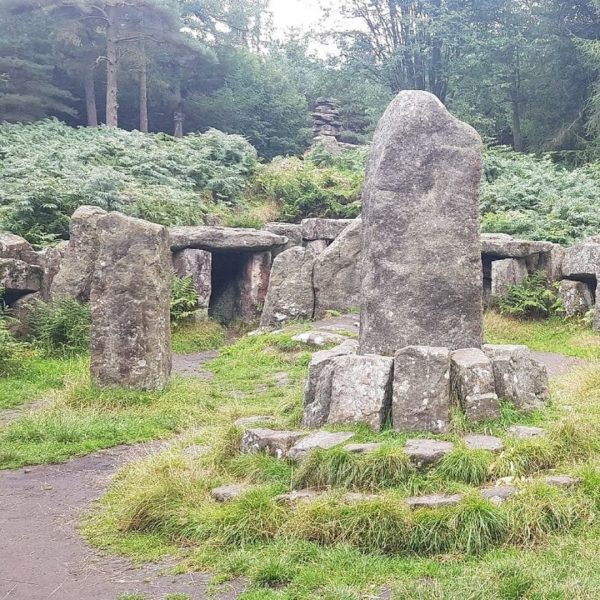
Danby’s vision was simple yet profound – to construct a folly reminiscent of ancient stone circles, not only as a nod to prehistoric monuments but also as a means to alleviate the financial burden weighing heavily on the shoulders of his fellow Yorkshiremen. With a generous spirit and a shilling a day as wages, Danby employed local laborers to bring his vision to life. The result was a stunning arrangement of standing stones, some towering up to 10 feet in height, arranged in a circular formation spanning 100 feet in length.
At the heart of this mystical creation lies a stone altar, surrounded by a series of standing stones that seem to whisper tales of ancient rituals and ceremonies. Further adding to its enigmatic allure, a cave fashioned in the likeness of a tomb beckons visitors to explore its depths. Three imposing stones stand sentinel, forming a screen that leads to an antechamber, beyond which lies a circular chamber centered on the sacrificial stone.
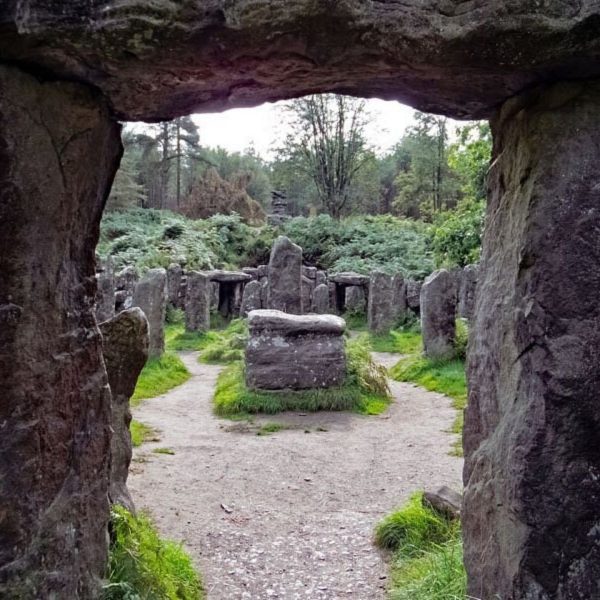
It is a place where imagination intertwines with history, inviting visitors to ponder the secrets that lie buried within its stone walls.
Yet, the intrigue surrounding the Druid Temple does not end with its architectural marvels. In a gesture that borders on the theatrical, Danby went a step further by hiring a ‘hermit’ to inhabit the cave-tomb for a period of seven years.
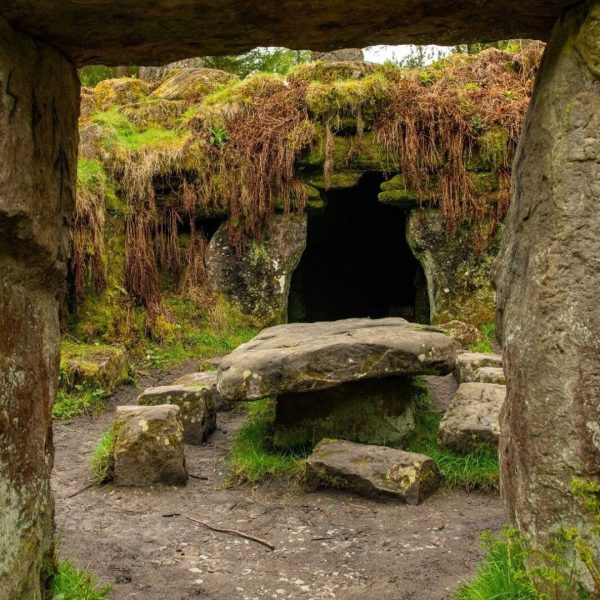
Tasked with maintaining a vow of silence and cultivating a wild appearance with unkempt hair and beard, the hermit became an integral part of the temple’s mystique, adding a layer of mysticism to an already beguiling landscape.
Today, as visitors meander through the hallowed grounds of the Druid Temple, they are transported back in time to an era of romanticism and curiosity. Each stone, each nook and cranny, whispers echoes of a bygone era, offering glimpses into the ingenuity of its creator and the resilience of a community united in the face of adversity. It serves as a poignant reminder that amidst the trials and tribulations of life, the human spirit has the power to create beauty from ashes and forge connections that transcend time and space.
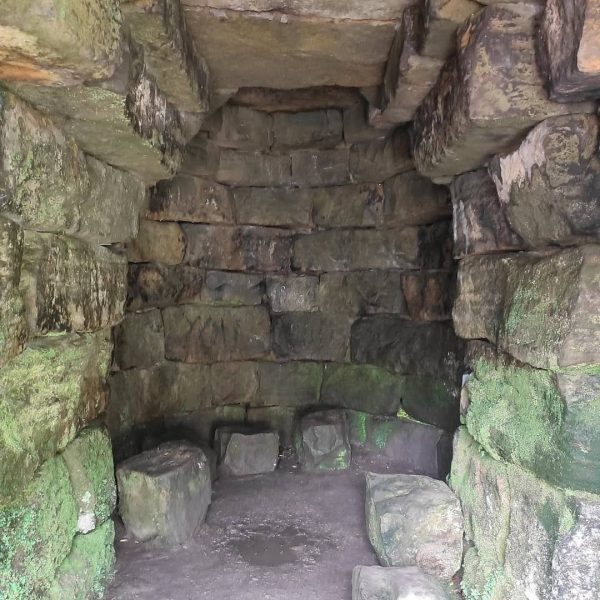
In conclusion, the Druid Temple in Yorkshire stands not only as a monument to architectural ingenuity but also as a testament to the enduring spirit of compassion and community. Its existence is a testament to the power of human creativity to transcend adversity and create beauty in unexpected places. As visitors tread the paths of this mystical landscape, they are invited to reflect on the timeless truths that bind us together as a society, echoing across the ages in the whispers of ancient stone.





